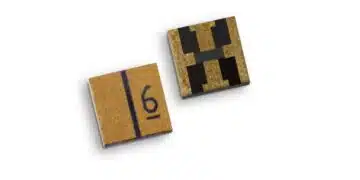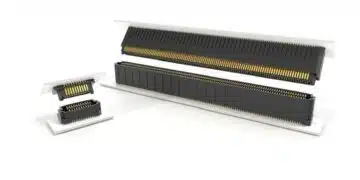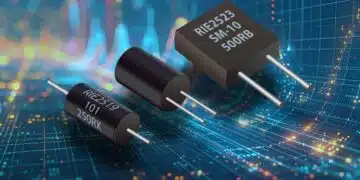Source: DigiTimes news
The market for passive components is likely to bottom out in the fourth quarter of 2019 and gradually rebound on 5G commercialization in 2020, according to industry sources as noted by the DigiTimes article on 30th September 2019.
The sources said that capacity utilization rates at MLCC makers Yageo and Walsin are showing signs of picking up, while upstream materials suppliers Leatec Fine Ceramics and Prosperity Dielectrics, inductor producers Chilisin Electronics and ABC Taiwan Electronics, as well as channel distributors Honey Hope Honesty, Nichidenho and Holy Stone may also see improving order visibility later in the fourth quarter.
Both leading MLCC suppliers have seen their capacity utilization rates rebound to over 50% recently after strategically lowering the rates for inventory adjustments, and MLCC price falls may narrow to the 3-5% range in the fourth quarter, the sources continued.
Strong MLCC demand for consumer electronics devices such as notebooks and PCs is expected to emerge starting October along with the traditional shopping seasons in China, the US and Europe, but it remains to be seen whether the demand will be dented by the return of Intel CPU shortages, the sources commented.
Semiconductor supply sources indicated that global shipments of 5G smartphones are estimated to shoot up to 140-200 million units in 2020 from around 10 million in 2019, which will significantly drive demand for diverse passive components including MLCCs, inductors and antennas, with that for MLCCs alone likely to rise 20% on year in 2020.
Market demand for medium- and low-capacity MLCCs from 5G infrastructure and industrial control application segments is expected to grow steadily in 2020 and beyond. Chilisin and its affiliate Mag-Layers Scientific Technics have invested heavily in developing LTCC (low temperature co-fired ceramics) processing technology and ceramic antennas seeking to explore business opportunities from 5G RF (radio frequency) applications, the sources said.































